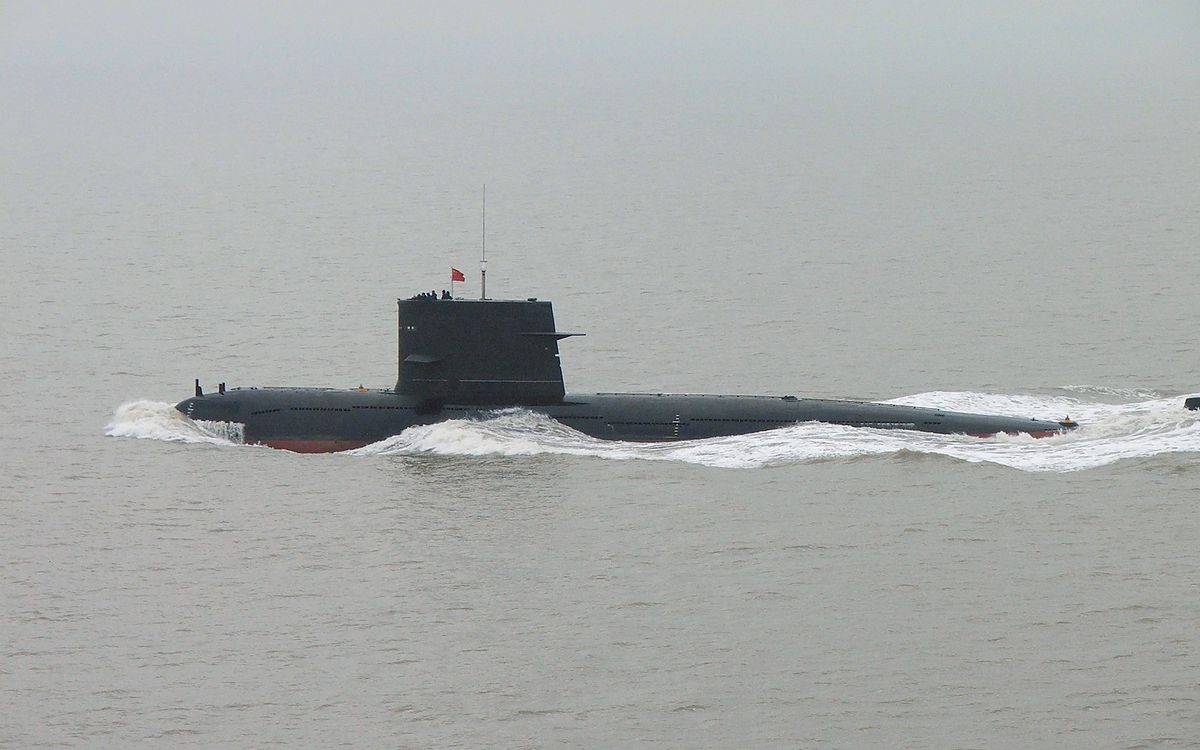China Is Testing Silent ‘Magnetic Drive’ Submarines to Evade the US Navy

Credit to Author: David Axe| Date: Fri, 03 Nov 2017 16:00:00 +0000
It almost sounds like something out of a certain 1980s spy thriller: China, according to state media, recently tested a new magnetic propulsion system that could make its military submarines much quieter and harder for the US Navy to detect.
But engineers in other countries have been working on magnetic ship drives for decades, without much to show for it. There’s no guarantee Chinese engineers will succeed where others have failed.
If the magnetic drive proves reliable and Beijing succeeds in installing it in a large number of subs, the Chinese fleet could begin to match the American fleet underwater. And that could partially negate one of the United States’ biggest military advantages over China. The US and Chinese navies each possess around 50 attack submarines, but America’s undersea boats are much stealthier than are the less sophisticated Chinese boats.
“Submarine and anti-submarine technology and capabilities have long been considered a weak link in Chinese naval power,” Eric Wertheim, author of Combat Fleets of the World, told me. “It appears that they are making concerted efforts to address this shortfall.”
The government-owned China Shipbuilding Industry Corporation tested the prototype magnetic drive for the first time in Sanya in southern China on October 18, state media reported.
Read more: Trump Wants More Nuclear Attack Subs But There’s No One to Build Them
In a magnetic drive, a superconducting magnet forces water through a sub’s shaft and out the back of the vessel. In contrast to a conventional ship engine, which has pistons and a propeller, a magnetic drive has essentially no moving parts. Fewer moving parts means less noise. The less noise a submarine makes, the harder it is to detect on sonar.
A successful first test is just one small step in what could be a decades-long effort to refine and deploy the magnetic drive. The late Tom Clancy based his 1984 novel The Hunt for Red October on a fictional Russian noiseless submarine drive. In 2017, however, Russia is still struggling to master the latest in non-nuclear submarine propulsion.
Japan built its own first ship with a magnetic drive back in the early 1990s but has yet to widely install the technology. The US Navy, meanwhile, has been making its subs quieter by adding shrouds around their conventional propellers.
Other countries’ setbacks bode ill for China’s own efforts on the magnetic drive. “The question is whether the Chinese can build one with the fine machining necessary to achieve the degree of quieting possible,” Bryan Clark, an expert with the Washington, DC-based Center for Strategic and Budgetary Assessments, told The National Interest.
In any event, Beijing isn’t totally banking on the new drive. “Experimental work on new propulsion technology is probably just one example of how China is trying to catch up to Western powers and negate the Western advantages currently held in the underwater realm,” Wertheim said.
For one, China plans to greatly expand its submarine force to as many as 78 vessels by 2020, according to the Pentagon’s latest assessment of Chinese military power. The US sub fleet, by contrast, is actually slowly shrinking, as older vessels retire and fewer new ones are available to replace them.
But if China manages to perfect the magnetic drive and builds a bigger sub fleet, its advantage could be twofold.
Get six of our favorite Motherboard stories every day by signing up for our newsletter.